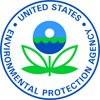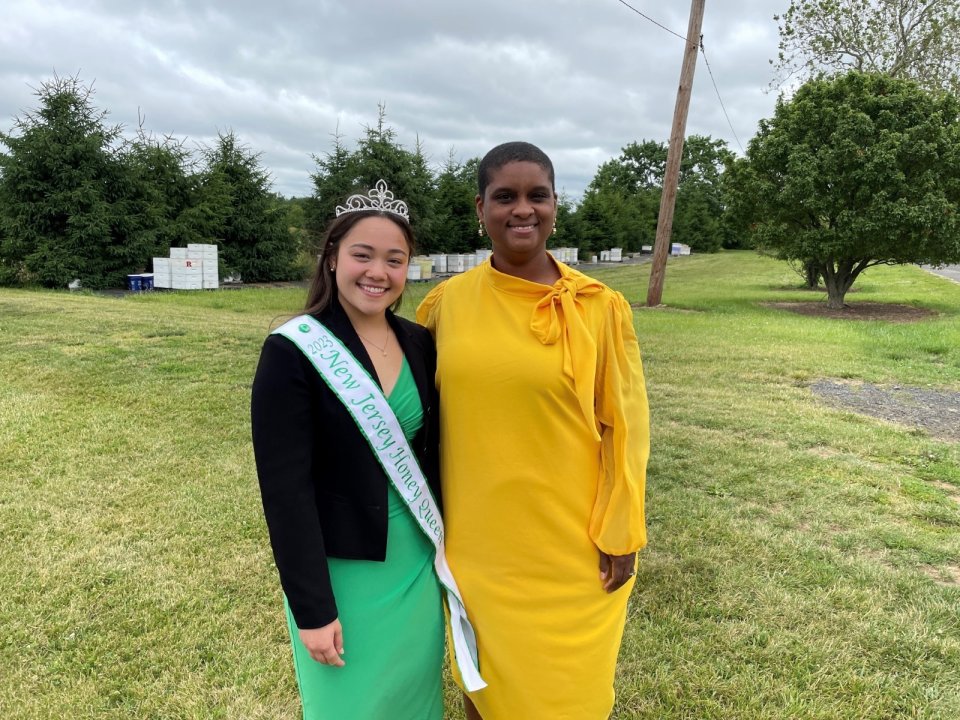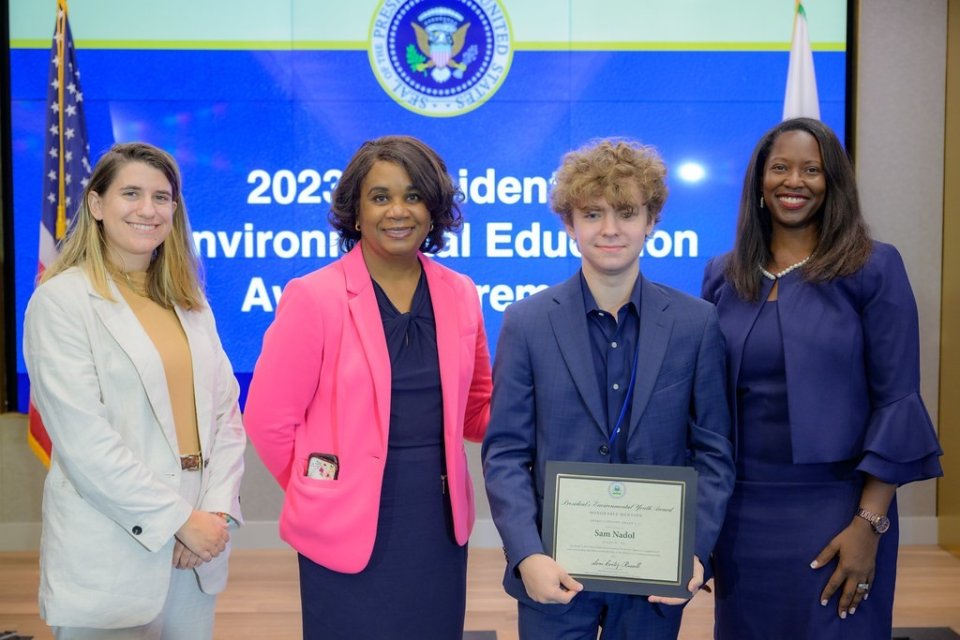Wailuku, Hawaii – Today, the U.S. Environmental Protection Agency (EPA) will begin work in Lāhainā to remove and dispose of household hazardous material from properties affected by the wildfires.
EPA anticipates removing household hazardous material from Lāhainā will take up to several months to complete, but may be done sooner, depending on work conditions. This work is the start of Phase 1.
EPA will not be the lead agency for Phase 2, debris removal. The U.S. Army Corps of Engineers has been selected to lead the Phase 2 debris removal efforts.
Household Hazardous Material Removal
Household hazardous material includes paints, cleaners, solvents, oils, batteries, and pesticides. Fuel from pressurized cylinders and tanks will be removed, and some empty containers (of fuel) will be marked for removal during Phase 2 debris removal work.
Workers will also remove items thought to contain asbestos if they are easy to identify, but the property will not be fully cleared of asbestos until debris removal begins.
As part of this work, EPA will have an electrician on-site to advise field teams on safely de-energizing and removing home “powerbank” batteries.
Following a fire, hazardous materials require special handling and disposal, especially if their containers are damaged. These efforts will reduce potential threats to public health and safety and allow other agencies to remove debris and ash in the affected areas.
EPA workers will only remove household hazardous material. EPA will immediately stop work and contact the Maui Police Department if functional firearms or suspected remains are found.
Identifying and Safeguarding Native Hawaiian Cultural Items
EPA is making every effort to approach this work with the utmost respect and reverence. As part of this effort, EPA has given EPA hazardous material health and safety training to over 20 cultural monitors from the Maui community.
The training will enable these monitors to be on-site as EPA removes household hazardous material. The monitors will guide EPA teams during operations.
Minimizing Dust and Runoff
After household hazardous material is removed, EPA may mist a fine adhesive called “Soiltac” on ash on the property. This will prevent ash from blowing off the property and limit runoff.
The adhesive, which dries clear, will be sprayed onto properties in sections as teams complete work. It is non-toxic, biodegradable, and approved by the State of Hawaiʻi and Maui County.
EPA is applying this adhesive as part of a multi-pronged effort with the U.S. Coast Guard, Maui County and the State of Hawaiʻi to prevent ash runoff into the environment.
Air Monitoring
While working to remove household hazardous material, EPA will monitor the air for fine particles of dust (called “particulate matter”) in areas EPA is working. The air monitors will be listed on EPA’s Air Now website.
EPA’s work is authorized by a Federal Emergency Management Agency-issued federal disaster declaration mission assignment for wildfire recovery.
---
For additional information on EPA’s work, please visit its Maui Wildfires website or contact us at 808-539-0555.
For additional information on the recovery efforts in Maui, please visit the Maui County Website or the Maui Nui Strong website.
Click here for photos, and here for a video of the EPA’s hazardous material removal efforts in Kula last week.
# # #
from EPA News Releases https://ift.tt/kY8CRLw



